Earth hosts more than 7.7 million animal species, and over 20% face extinction. Many of the planet’s most unusual creatures now teeter on the brink. Photographer Tim Flach spent more than two years documenting some of the most emblematic and striking species, prompting us to reconsider our relationship with nature—and our choices.
Protection timeline: Beginning in the 1980s, China launched an unprecedented conservation campaign—banning poaching, securing forests, and elevating the panda’s plight on the global stage. In 2016, the species was reclassified from “Endangered” to “Vulnerable.”
Debate & risk: Some groups warned the downgrade could reduce funding and research. Wild pandas still number only around 2,000, scattered in isolated populations. Their staple food, bamboo, is highly temperature-sensitive, making climate change a looming threat.
Bottom line: Conservation has worked—but the recovery is brittle. Habitat connectivity and climate adaptation are essential.

Culture & habitat: Revered by the Aztecs as an incarnation of Xolotl, axolotls once thrived in the canal-lake networks around Mexico City—now heavily polluted by fertilizers, pesticides, sewage, and urban waste.
Biology: A classic neotenic amphibian—sexually mature while retaining larval traits (external gills, tail). Axolotls regenerate limbs, bone, and even organs, and are far more cancer-resistant than mammals.
Promise: If modern threats can be reduced, research on their immune and regenerative systems could transform human therapies.
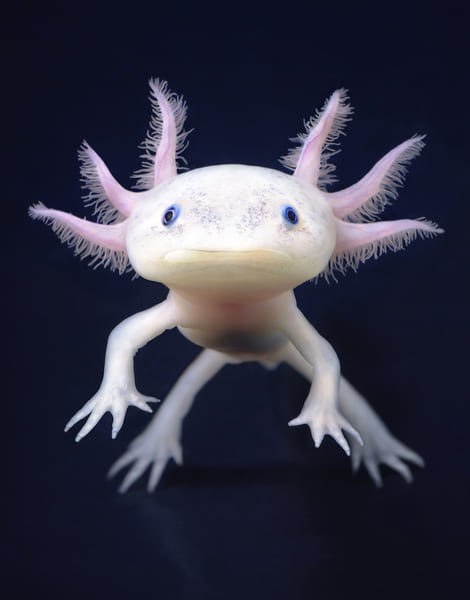
Social scale: Among the largest non-human primate groups recorded—one troop in Gabon once numbered 1,300.
Color signaling: Face and eye coloration is spectacular and correlates with social rank and sexual status.
Threats: The bushmeat trade makes large, cohesive groups easy targets; logging and farming are shrinking their refuges.
Need: Stronger anti-poaching measures and habitat protection.
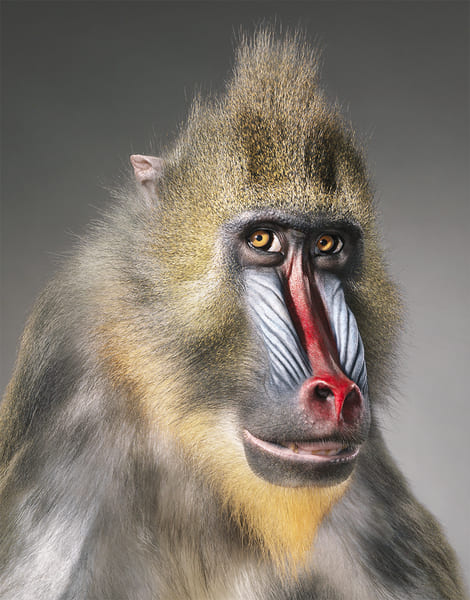
Hunting strategy: Dependent on sea ice to ambush seals. As the climate warms, ice extent and thickness are shrinking.
Trend: The 13 winters after 2003 saw the 13 smallest sea-ice extents on satellite record. Each week of lost ice costs a bear roughly 7 kg of fat reserves.
Impact: Shorter hunting seasons → energy deficits → lower reproductive success.
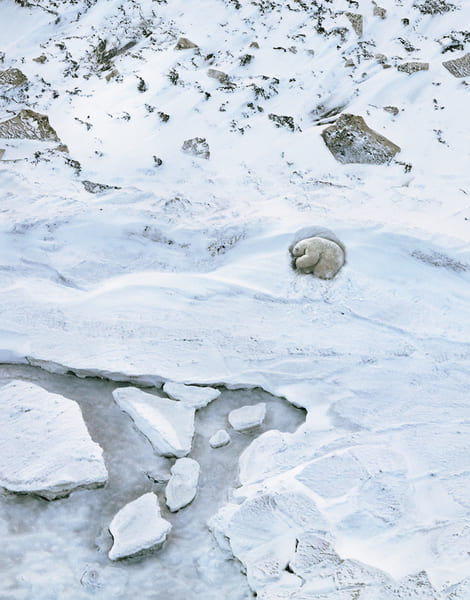
Adaptation: Long, silky coat and naked face endure severe winters.
Pressures: Poaching dropped in the 1990s due to protections, but logging/farming and tourism harassment persist.
Status: Wild numbers remain very low and fragmented (context from the original narrative: ~120 in some areas).
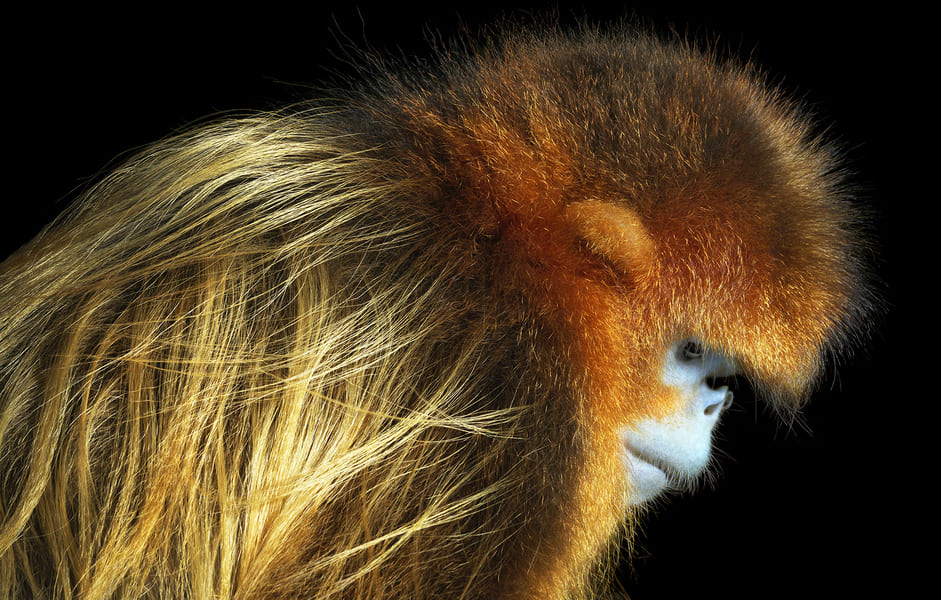
Rediscovery: First noted in the 1890s, thought gone, then rediscovered in 1962; among the most elusive primates.
Ecology: Semi-nomadic in high-elevation bamboo thickets of the Hengduan Mountains; can withstand –40 °C.
Main risks: Habitat isolation and high inbreeding (limited genetic diversity).
Forest loss: Only ~10% of original forests remain. With a strong nectar diet, lemurs are major pollinators.
Captive paradox: They breed well in captivity, but reintroduction is complex due to narrow genetic bases and social/ecological challenges.

Vocal risk: Among the loudest primate calls—useful for communication, but they also give away location to poachers.

Phenology: Embryonic development is temperature-dependent. Climate change causes mistimed hatching, disrupting predator–prey cycles.

Mechanism: Climate shifts warm lowlands while increasing moisture/cloud cover in mountains, cooling high-elevation habitats → weakened amphibian immunity → spread of chytrid fungus.
Toll: One-third of amphibians are now threatened; ~120 species already lost—the most destructive vertebrate disease on record.
Deep-time survivor: Origin ~80 million years ago; thrives in lightless caves, can live to 100 years and survive 10 years without food.
New weakness: Requires pristine groundwater; conversion of overlying forests to agriculture leaches pollutants into cave systems.
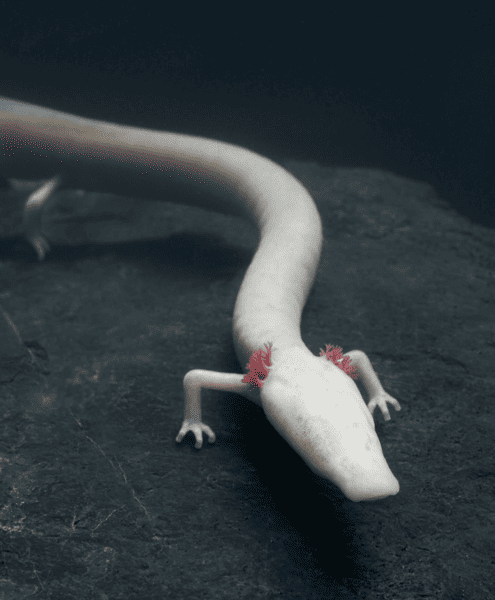
Rarity: Among the world’s rarest tortoises; ~15 years to sexual maturity.
Milestones: Rediscovered in 1984 (NW Madagascar); habitat made a National Park in 1998; captive-bred releases began.
Crisis: Illegal pet/shell trade surged; releases suspended amid security operations. Wild numbers are only a few hundred.
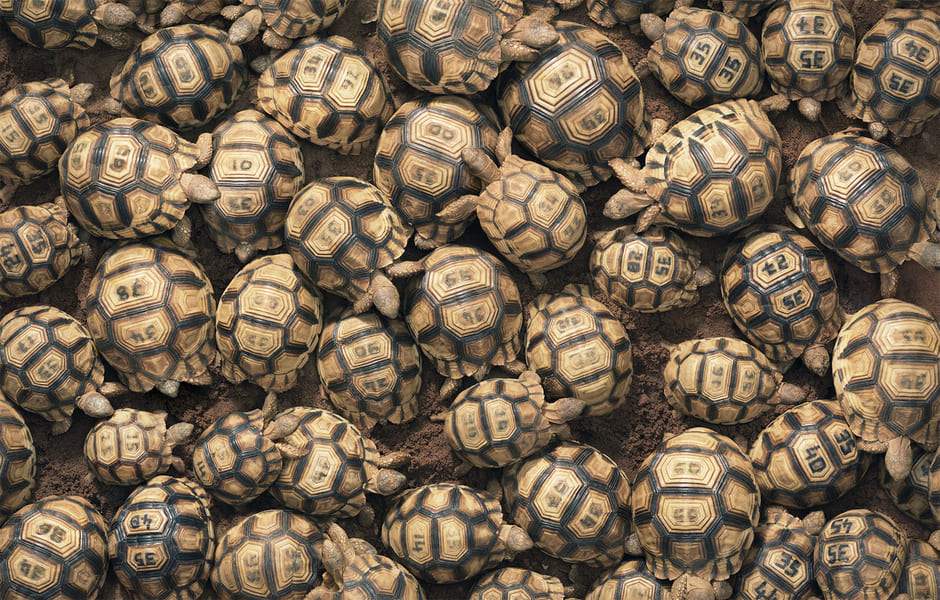
Illegal scale: Estimated 1+ million trafficked (2007–2017)—the most trafficked mammals.
Easy capture: When threatened, pangolins roll into a ball—effective against natural predators, useless against humans.
Species: 4 African and 4 Asian species; all threatened, two critically endangered.
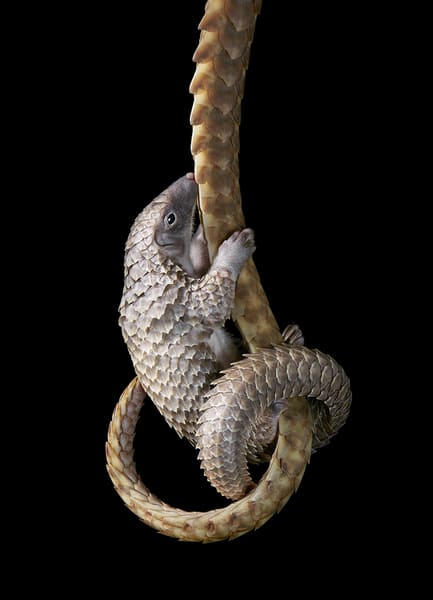
Case study: “Djala” was rescued in Gabon as an infant after his family was poached; decades later, reintroduced with a new family and improved in health. Rescue and reintroduction are costly and debated.
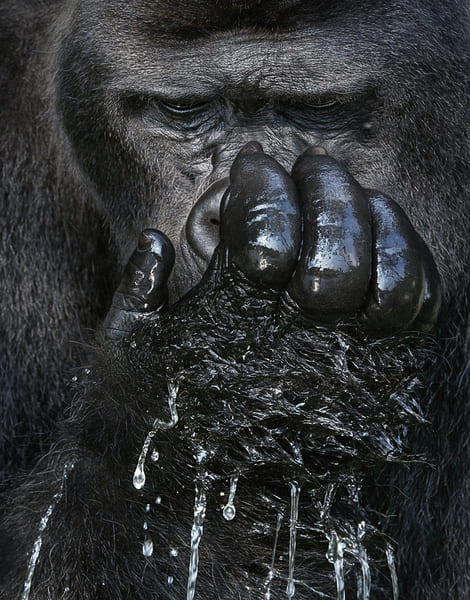
Loss despite habitat: Even with relatively intact habitat in parts of West-Central Africa, ~75% of the population was lost in a century—due to bushmeat, logging, oil/mining, and roads.
Disease risk: Susceptible to anthrax, Ebola, respiratory infections; human encroachment amplifies exposure.

Historic range: Riverine forest in NE Amazonia.
Urban pressure: The settlement that became Manaus (now 2M+ residents) fragmented forests.
Invasive competitor: Red-handed tamarins displace them; urban crossings lead to dog attacks, vehicle strikes, electrocutions.

Food web break: Herbicides remove millions of hectares of milkweed, their sole larval host.
Migration: Each winter, hundreds of millions travel from Canada/US to Mexico and California, cloaking forests in orange, black, and white.
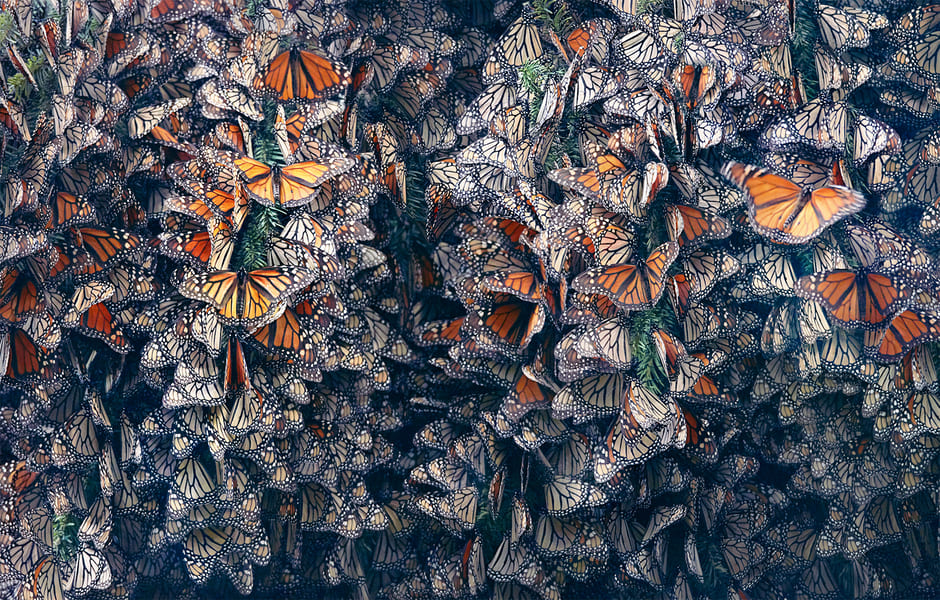
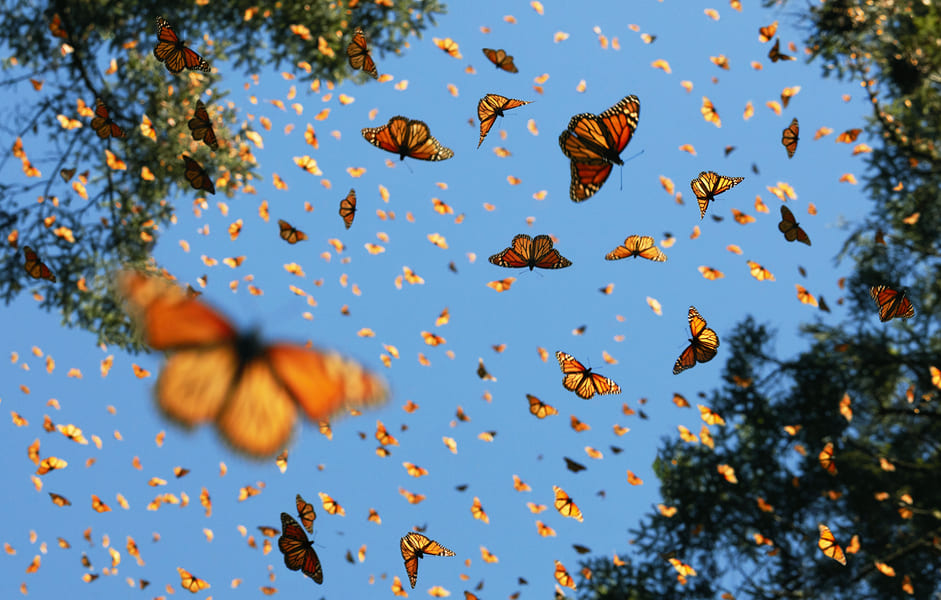
Learned “dialects”: Calls are learned, producing local dialects; monogamous for life.
Pet trade: Wild capture persists, despite demand for captive-bred birds.
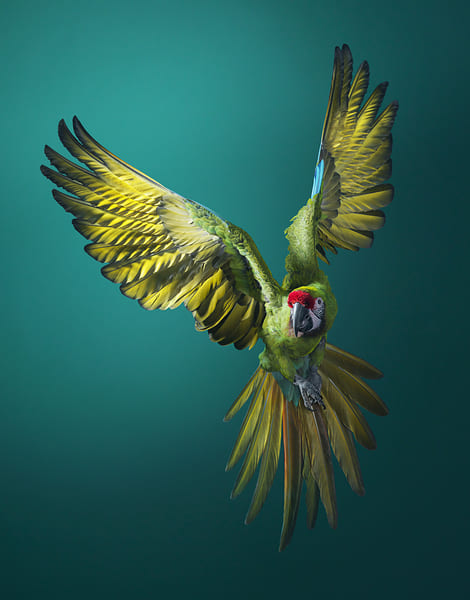
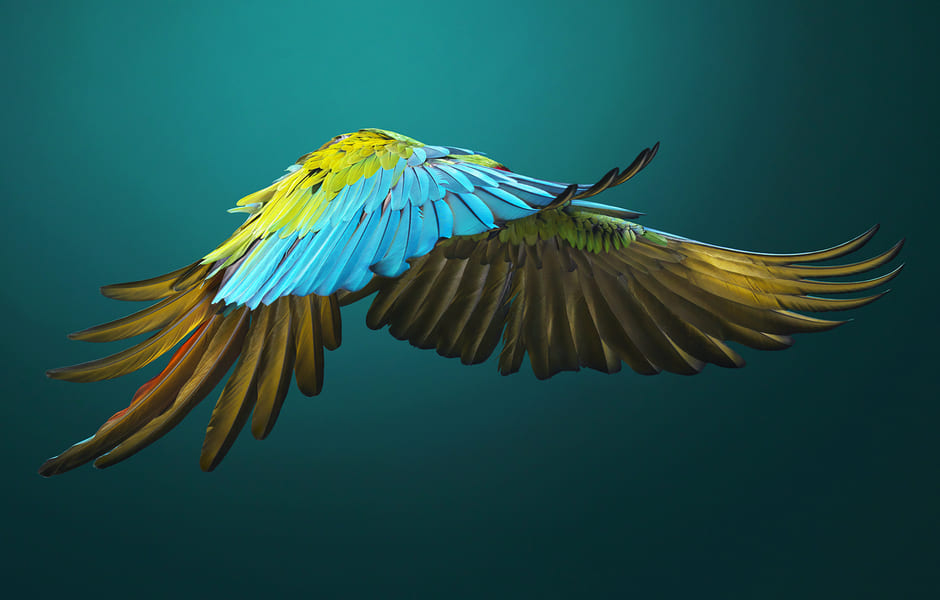
Ecology: A top predator needing ~103 km² per breeding pair; one chick every two years.
Threats: Toxins bioaccumulate; deforestation fragments the little unprotected habitat that remains. Fewer than 1,000 likely survive in the wild.
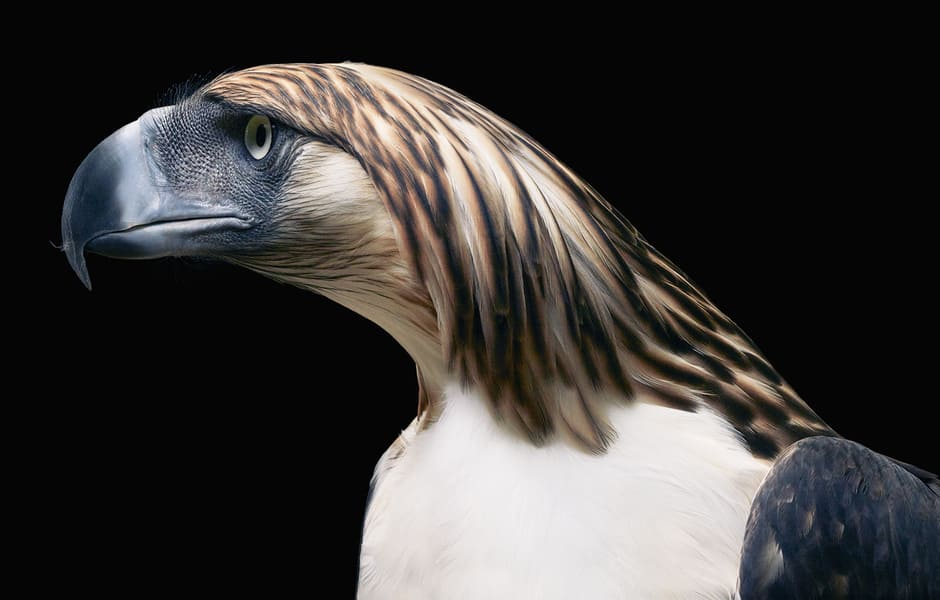

Captivity limits: They fare poorly in captivity—saving them means saving forests and wetlands.
Status: In Sabah, only ~15% live inside protected areas; shrimp farms and oil-palm plantations consume coasts.
Borneo-wide: Since 1973, ~one-third of rainforest has vanished; protection often fails under commercial pressure.
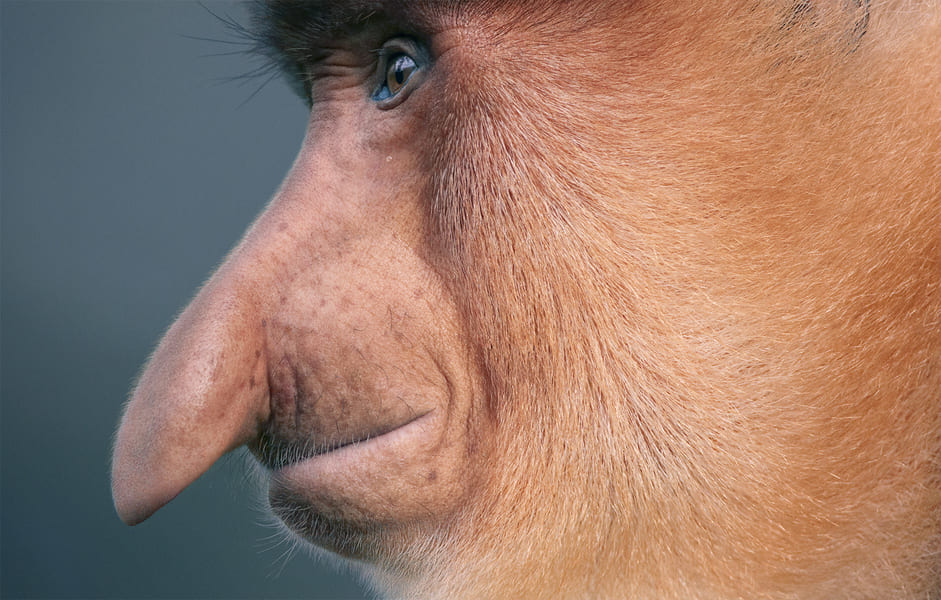
Century of decline: 97% global reduction in ~100 years; 3 of 9 subspecies gone.
TX2 pledge (2010): Double wild tiger numbers by 2022; 2016 saw gains in India, Russia, Nepal, Bhutan—but declines persisted across SE Asia; Cambodia declared tigers extinct in the wild; South China tiger nearly gone; Sumatran tiger critically endangered.
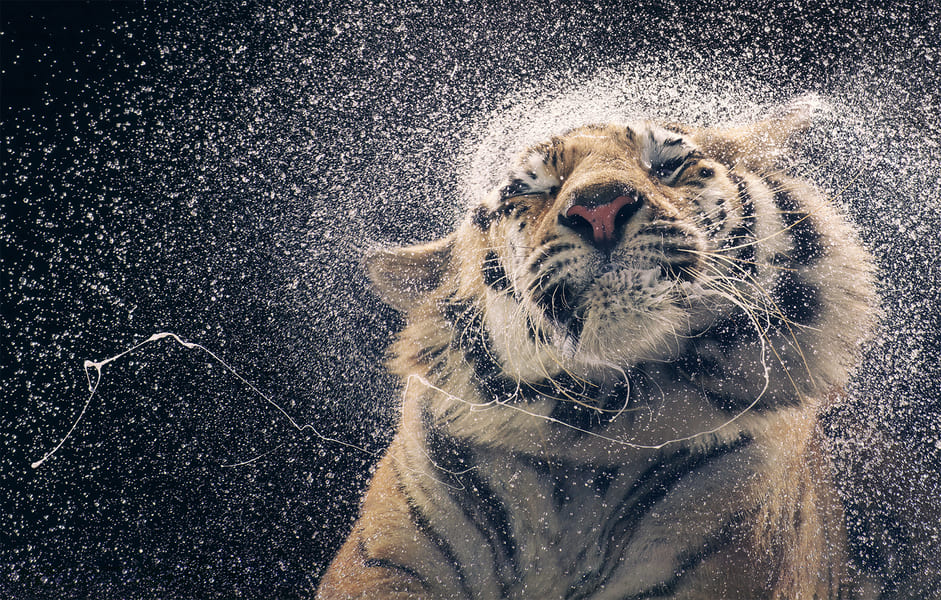
Space needs: GPS data show ≥207 km² per individual; ~40% of protected areas are too small for even one breeding pair.
Pressures: Warming forests move uphill, shrinking habitat; high-altitude grazing/crops increase conflict.
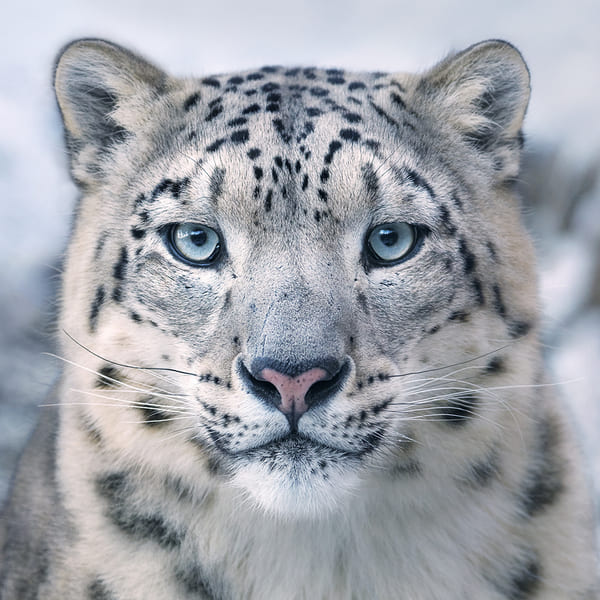
Rabbit crashes: Myxomatosis (1950s) and Rabbit Hemorrhagic Disease (1980s) decimated wild rabbits.
Near-loss: By 2003 the lynx was close to extirpation; Spain and Portugal launched captive breeding + reintroduction, partly funded by an environmental levy.
Now: Hundreds in the wild, but ongoing releases and climate-smart habitat management remain essential.
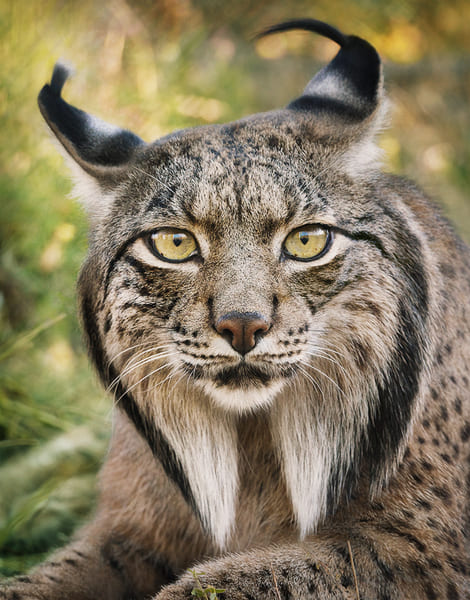
Historic range: From Pakistan’s Indus to Myanmar’s Irrawaddy, throughout India’s great rivers.
Decline: Long hunted for skin, meat, eggs, body parts; now also hit by mega-irrigation/engineering projects and conflict in human landscapes.
Today: From perhaps ~10,000 mid-20th century to a few hundred, mostly in two sanctuaries in northern India.
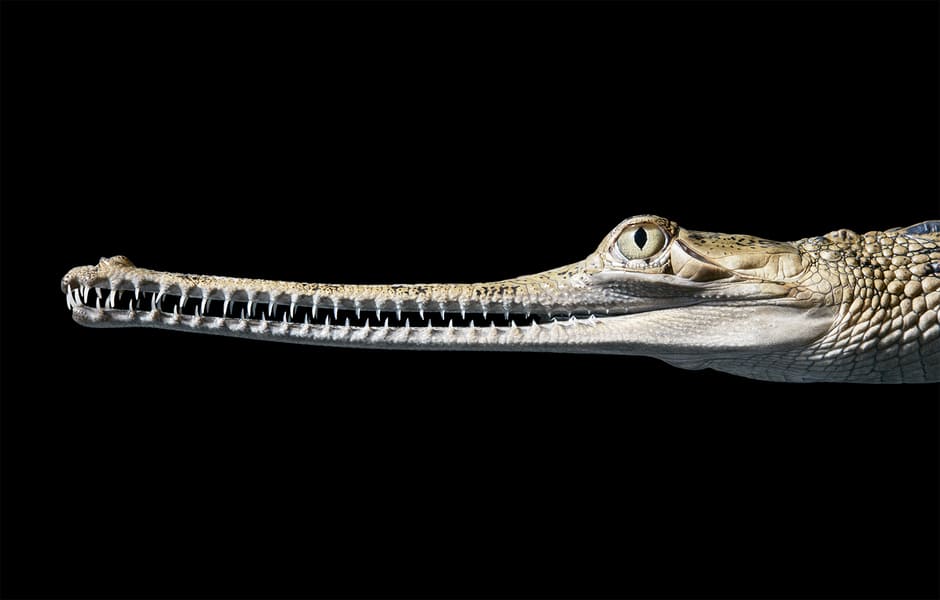
Ecological role: Rapidly clear carcasses, suppress disease, and sometimes signal poaching sites to rangers.
Poacher retaliation: Carcasses poisoned (e.g., cyanide) can kill hundreds of vultures at once. Nearly half of vulture species are now Critically Endangered.
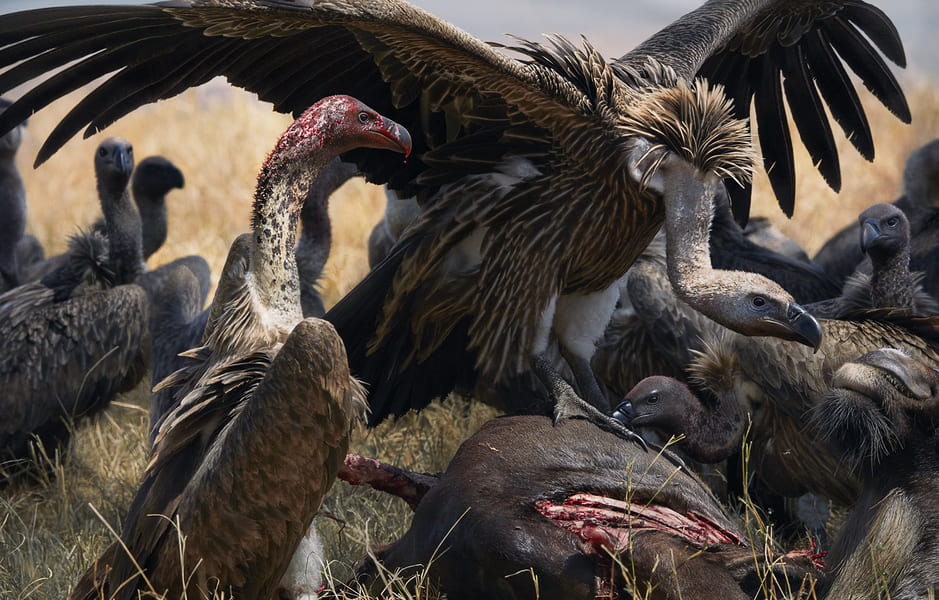
Root cause: Local conflict has increased firearms and poaching, but the primary threat is wetland loss/drainage—even inside national parks.
Local solutions: Shift from cattle to goats compatible with marshes; beekeeping and fruit crops raise incomes while strengthening ecosystems, creating win-win mosaics.
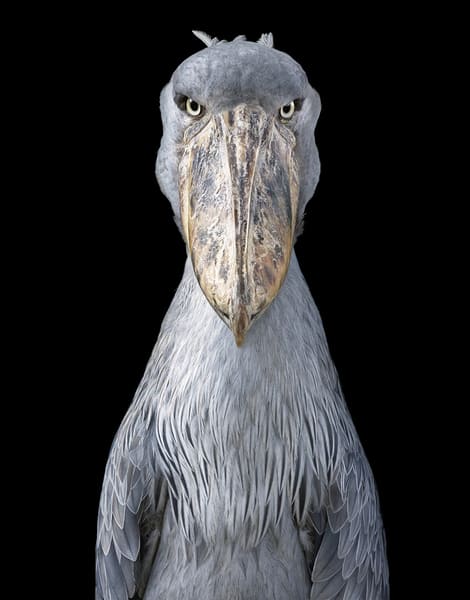
Sea angels: Tiny ( 2–5 cm ) translucent mollusks with wing-like parapodia; they prey on sea butterflies.
Acidification risk: Sea butterflies retain thin shells that dissolve under ocean acidification. If they collapse (as projected around mid-century), sea angels and their predators—including fish and seabirds—follow, with knock-on effects for fisheries.
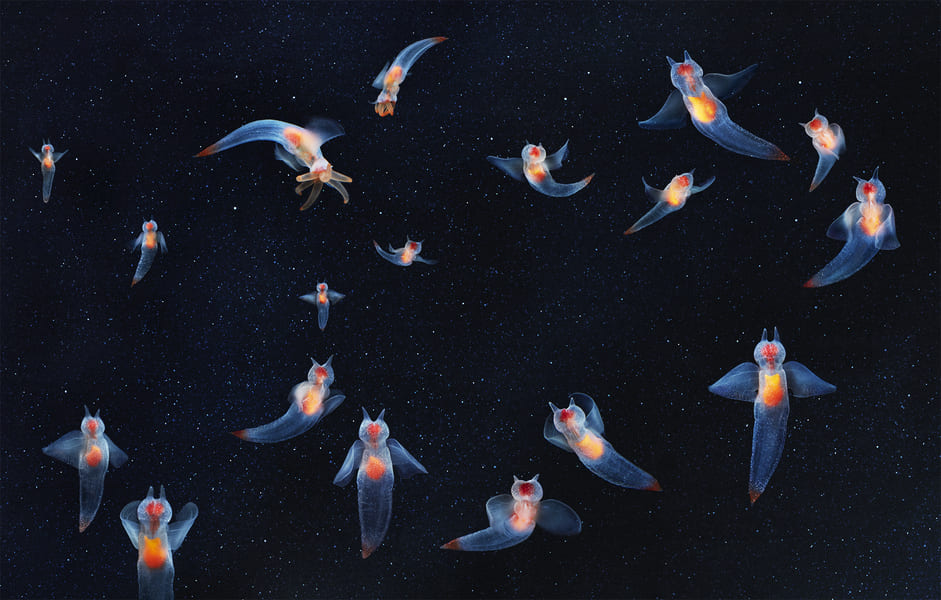
Life history: Up to 5 m, 100+ years; spring river spawning, with 10–20 years at sea before maturity.
Pressures: Dams on the Volga, Don, Terek, Sulak block migrations; caviar value (to €25,000/kg) fuels poaching. Despite laws and captive breeding, wild stocks are still sinking.
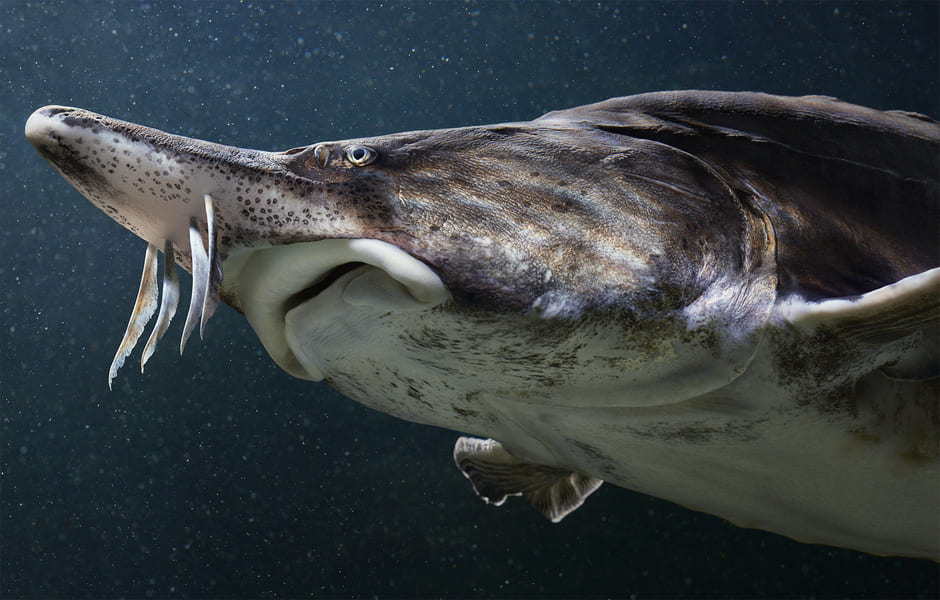
Mutualism: Corals rely on zooxanthellae; warming seas drive bleaching, increasing disease and mortality.
Recent event: In 2016, >90% of the Great Barrier Reef bleached; ~20% died.
Deep time warning: After past mass extinctions, reefs took millions of years to recover. The drivers—sea level, acidity, temperature—are again changing in tandem.
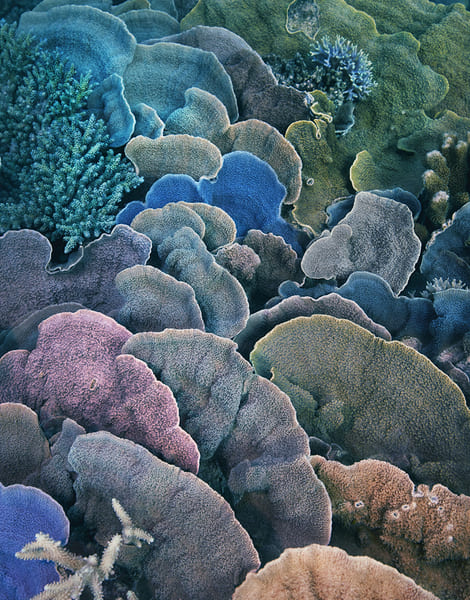
Endangered is more than a photo book; it is an experiment in how images can rebuild emotional ties between people and nature. With over half of humanity living in cities—and screen time outpacing time outdoors—our cultural distance from nature is widening. Progress needs data and law, but also emotion and art. As biologist George Schaller said, “Conservation comes from the heart.” Without emotion, science rarely becomes action.
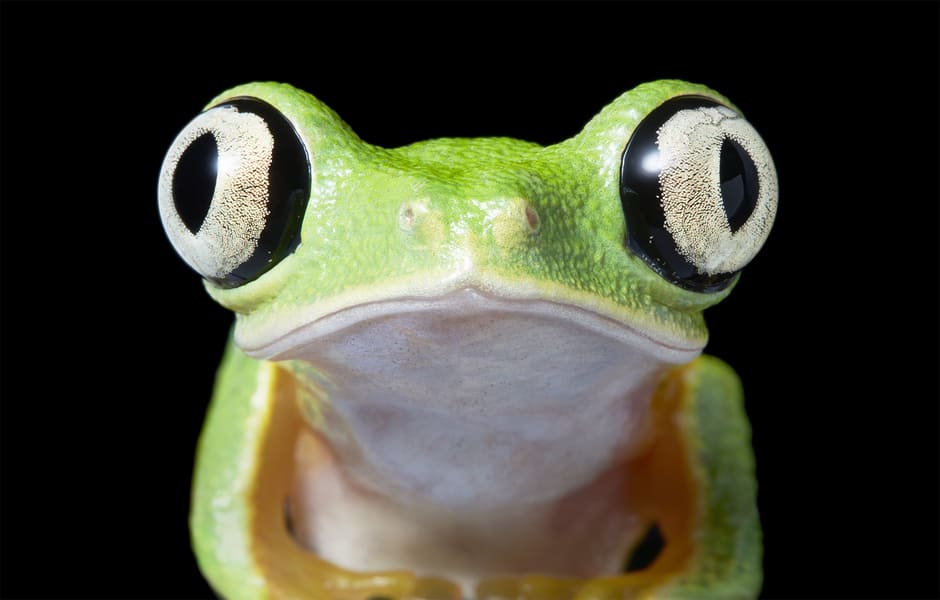
Core threat set: Habitat loss/fragmentation; illegal trade/poaching; invasive species; pollution & disease; climate change.
Action pathways:
Secure critical habitats and ecological corridors;
Reduce demand (reject wildlife products; buy green);
Monitor scientifically (satellite tracking, camera traps, eDNA, AI ID);
Co-manage with communities and enable alternative livelihoods;
Coordinate globally (Paris Agreement implementation; cross-border anti-poaching and trade enforcement).
When we redefine our relationship with nature—and turn aesthetic awe plus scientific evidence into policy and daily habits—we stand a chance of bending the curve of the sixth mass extinction.
animal tags: Endangered Animals
We created this article in conjunction with AI technology, then made sure it was fact-checked and edited by a Animals Top editor.